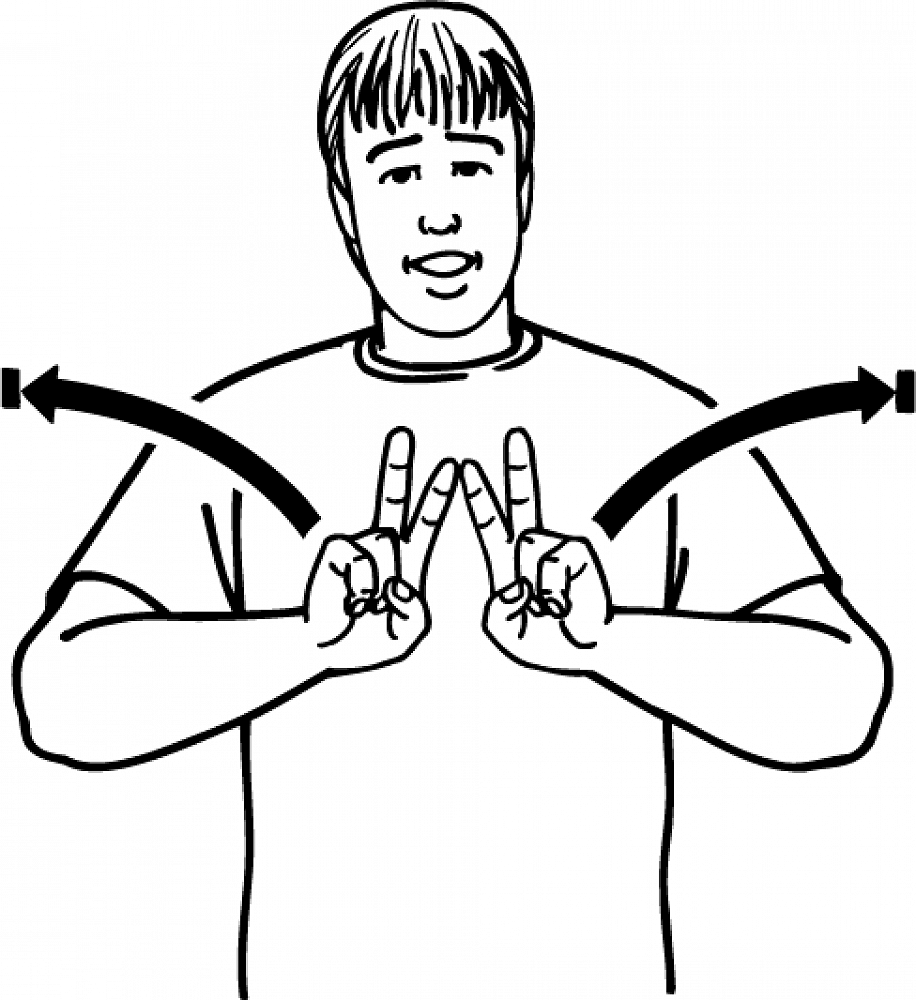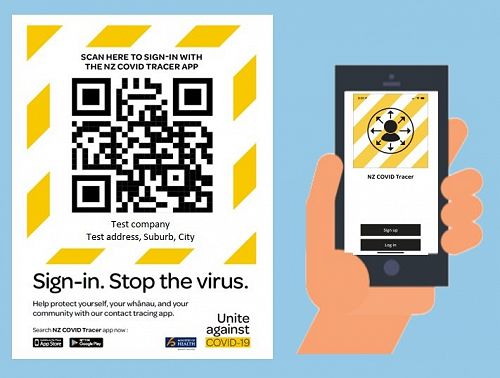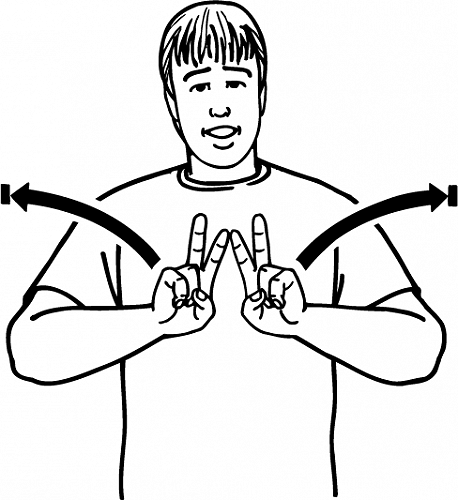
Alert Level 1 Frequently Asked Questions
Church Services, Liturgical Practice and Hospitality, Funerals and Weddings, Pastoral Visits, Church Groups, Administration Activities, Outreach, Education/Events and access to Church Buildings are allowed at Level 1 while we continue to look out for the well being of everyone. Please note, while communion can be in two kinds, we are asking you not to intinct (dip your wafer or bread into the wine).
Please email a link to this article to your faith community or share on your Facebook page. We recommend you use the attached document for words you can put into your your pew sheets or access this via this link: Appendix 14: Alert Level 1 Advice for Pew sheets
There are fewer restrictions at Level 1, but we are encouraging everyone to keep washing or sanitising hands, to sneeze and cough into our elbows, regularly disinfect surfaces and not attend services if we have cold or flu symptoms. We need to individually keep a record of where we have been and who we have seen or use the NZ COVID Tracer App to help contract tracing if needed.
Does this mean we can go back to the way things were before?
Although there are no restrictions on gathering sizes and social distancing as in previous Alert Levels, we are being encouraged to keep up our good hygiene practices. This means continuing to take care of church complexes to ensure they are clean and safe. While strict physical distancing won’t be in place, we are being asked to make sure we give each other plenty of space.
Do we still need to wash our hands and/or sanitise as we enter and leave church?
Yes, Government advice is that we need to maintain personal hygiene practices that we have been rediscovering. Doing this is an important part of keeping unwanted viruses at bay.
Does this mean we can stop the physical distancing procedures we have been using when seated in church or other settings?
Yes, but it’s not an excuse to make up for lost time by getting too close to others. Many will be easing into gathering again and may be feeling nervous and uncomfortable about being too physically close. Err on the side of caution: show respect for other people's needs and feelings when selecting a seat or pew. A good idea is to always ask someone if you can sit next to them and then give them some space. There is no longer the requirement to use alternative pews to maintain extra distance.
We didn't open our church at Level 2 and didn't provide a plan - does this mean we can open without all that hassle?
Yes... and no! Many communities worked on plans for re-opening at Level 1 recognising that while we are still in an Alert System, we need to continue to do things carefully. For example, there is no excuse not to bother about cleaning the church or not to provide hand washing-sanitising facilities. The message we are being given is that we need to maintain public health measures by providing clean and safe environments. You don't need to give us a formal plan, but you do need to take care. You may want to display this new (modified) poster for Level 1 which you can personalize for your setting (PDF version attached below).
Do we still need to do contact tracing?
We don’t need to keep registers for church services and other gatherings at level 1, but we are being encouraged to take a note of our own movements – where we have been and who we have seen - if this is ever required for future contact tracing. You can continue to use the Government's Contact Tracing app if you have a smart phone. It's a good idea to still provide sign in sheets to capture details of any visitors or make sure you get people to put their details in your visitor book. We have separate information on registering for the Government's contact tracing app and all Anglican church buildings open to the public must display these posters at points where people enter and leave. Remember that if the virus re-emerges again, it can take up to two weeks to show, so we need to be able to provide contact tracing information.

What about Communion – are we able to give (and receive) this in both kinds (bread and wine)?
We are now able to receive communion in both kinds. The House of Bishop Bishops in the Anglican Church in Aotearoa, New Zealand and Polynesia Te Hahi Mihinare ki Aotearoa ki Niu Tireni, ki Nga Moutere o Te Moana Nui a Kiwa have agreed to this. Bishop Seven is happy for churches to offer communion in both kinds, but with no compulsion or expectation that everyone will take it in full or part. He says:
"We believe we fully engage in communion whether we take one or both kinds. We all need to feel comfortable and safe - anyone who wants to receive a blessing or communion in one or both kinds is welcome".
We are encouraging liturgical best practice around this that includes:
- Regular washing-sanisting of the hands of anyone involved in handling elements, vessels and so on throughout the Eucharist
- Recommended provision of wine (with alcohol, not juice) in a central cup
- If any cup is touched, we recommend people sanitise their hands as soon as they are able and refrain from touching their mouth or face
- No intinction is to take place - people administering the sacrament need to (gently) stop this from taking place.
- Use of clean purificators, with those administering the chalice wiping the edge of the chalice and rotating before administering to the next communicant.
- Thorough cleaning of all vessels in boiling water after the Eucharist.
This advice will be reviewed if community transmission of any pathogen such as the COVID-19 virus recommences: we may return to communion in one kind or Spiritual Communion, depending on the current Alert Level.
Further Communion FAQ's
Is it safer to use individual cups?
We realise that this may have been practiced in some faith communities in the past, and there may be reasons for wanting this to continue. We do not see this as being a safer solution to sharing a common cup unless it is handled carefully. We recommend that one person only distributes individual glasses. These should be placed in the usual distribution tray but with extra space between each cup so that recipients only touch their own glass (as illustrated). Remember that there is greater potential for transmission of viruses in the extra handing involved in distributing individual cups. It's a good idea to sanitise your hands after touching anything that others may have had contact with.

Could I intinct (dip my wafer in the wine) instead of drinking from the cup?
Bishop Steven and the House of Bishops do not recommend the practice of intinction:
"Intinction is far more likely to spread germs simply because the act of dipping the bread in the wine means that people’s fingers will probably come into contact with the wine. This is even more true in churches where the minister dips the bread in the wine, then places it on the parishioners’ tongues — meaning the minister’s fingers can come into contact with both the wine and multiple people’s tongues." (See first citation below)
A reminder that receiving communion in one kind is preferable to intinction. People may want to acknowledge the chalice but let it pass.
What is the risk of transmission of a virus in a common cup?
"The common cup might seem just as unsanitary, but there is some research backing the idea that it’s safer. Logue points to two peer-reviewed studies, published in the American Journal of Infection Control in 1988 and 1998, which found that the common cup was not a significant transmitter of disease. In these studies, scientists took a cup straight from the altar after communion to test whether disease-causing bacteria or viruses were present, and found there were such trace amounts as to not be dangerous to those who drank from the cup." (See first citation below)
"In conclusion, there is experimental evidence suggesting that sharing a communion cup contaminates the wine and cup. However, there has never been a documented case of illness caused by sharing a chalice reported in the literature.” (See second citation below)
References:
Citation 1:
https://www.vox.com/2020/3/12/21172458/church-coronavirus-pandemic-communion-wine-common-cup-easter accessed 8 June 2020.
Citation 2:
https://www.sciencedirect.com/science/article/pii/S1201971213001872, accessed 8 June 2020.
What about The Peace – is it OK to go back to demonstrating this in ways we did previously?
We are encouraging people to remember the non-contact ways of showing the peace that we have been getting used to are perfectly acceptable. One good way to do this is using the "namaste" gesture of bringing palms and fingertips together in front of the chest with a slight bowing of the head to one another. It is a time-honoured, socially distanced and respectful greeting of peace and goodwill. It is also very similar to theNZ Sign Language gesture for Peace.

Other options include:
· Saying “Peace” to someone
· Waving hello
· Putting our hand on chest
· The East Coast Wave (a slight lift of the head)
In all Christian liturgical practices - like offering a sign of peace - we need to respect the needs of the other person and not presume they want a handshake, hug, kiss or hongi: they may be medically vulnerable or simply prefer to maintain some physical distance. Please remember that we look out for others in all aspects of our worship.
Should I wear a mask to church like I do on a bus or airplane?
While this is not mandated when the entire country is at Alert Level 1, we understand that for various reasons people may want to wear a mask and that this is perfectly OK. If you are transporting others to church in a private car we do recommend wearing a mask as this is a confined, warm space where physical distancing is challenging.
What about the other directions given in Level 2 around liturgical practice – can we go back to doing things as we used to?
We are asking people to ask the following question: Knowing what I know now, would I go back to doing things exactly as before? What is really important is that we are being clean and safe in what we do. Over this year we have been thinking carefully about how we have done things in the past: we have a wonderful opportunity to show how much we love each other by continuing in a similar fashion.
What about hospitality – can we go back to having a potluck lunch, bringing a cake or putting a plate of biscuits out?
There are no restrictions on this now, but again we are encouraging people to be clean and safe by keeping food preparation and serving areas clean, making sure that people preparing and serving food are doing this safely. Let us make sure we use hand washing facilities and provide sanitiser so that we can enjoy being together safely.
What if I’m feeling off colour?
We can be notorious for keeping-on-going and saying we are OK when we are not. None of all the best hygiene practices in the world will stop someone passing on a cold, flu – or worse – virus onto others. Stay at home if you or a close family member are feeling unwell, don’t take part in your usual activities outside home. If you have cold or flu symptoms call your doctor or Healthline 0800 358 5453 and make sure you get tested. If you’re concerned about your well-being, or have underlying health conditions, work with your GP to understand how best to stay healthy.
What about pastoral care?
There are no limits to this other than checking in that anyone we are proving care for is OK with us attending. Follow all of the normal precautions: sanitise hands before and after visits, keep a record of where you have been and who you have seen in your own contact tracing records.
Can our children’s activities and homegroups resume under Level 1?
Yes, they can, but take make sure you do this safely and carefully, using all of the good hygiene procedures you have been getting used to. You may want to refer to the information about Children’s Groups, Crèches, Youth Groups, Home groups and so on in the Level 2 section on Church Groups in the Pandemic Response Framework.
What about our church office areas?
These can be open to the public again, but you may want to limit access as you have been doing at Level 2. Check that any visitors or contractors don’t have any cold of flue like symptoms before letting them in. Make sure you get people to sign in using a visitor book and/or using the Government tracing app and provide them with access to hand washing or sanitising facilities. Follow the advice given for church office areas in the Pandemic Response Framework for Level 2.
What's most important in all of this?
The most important thing to remember is that we need to continue to be kind and look out for each other. Not everyone will be comfortable in moving back to "as things were": individuals and groups need to take the time needed and do things at the right pace for them. Let’s provide spaces that continue to draw people to God and where we can show our love and care for all.
Gallery



